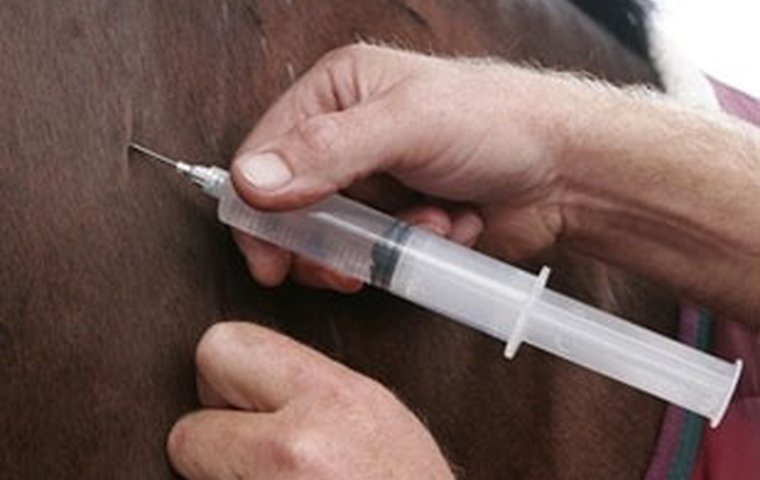
It’s so easy to be critical. Serious problems are difficult to resolve. Often proposed solutions are perceived to negatively impact some special interest group. If a consensus is not reached, the racing industry usually defaults to the status quo.
I’m proposing an initiative that should be perceived by all industry stakeholders as a step forward in addressing the issue of the sport’s negative public perception. The initiative can be called The Trainer’s Testing History.
This initiative is to have all racing commissions provide a monthly list of all trainers whose horses have been tested out of competition and the number of horses tested for each trainer.
Problem
I feel no need to detail the litany of bad press and the results of industry surveys to convince anyone that the integrity of our sport is held in low esteem by its fans and our participants.
Horse racing in the United States has entered the era of the super trainer. The term ‘super trainer’ has different meanings depending on context. Most often it is used to describe a trainer with a win percentage of 30 percent or more, whose horseflesh belies that lofty number. It is a derogatory term, which suggests a poorly regulated sport that cannot (or worse, chooses not to) keep pace with illegal performance enhancing drugs.
Maybe the super trainer does have an advantage with an illegal substance. Perhaps, however, there is nothing sinister at all. Maybe it’s just an extended run of good luck – a statistical anomaly.
Bettors and horsemen are inclined to believe the worst. This is due, of course, to the fact that they consistently lose money or races. In horse racing, with an average of seven or eight horses in every race, everyone is going to lose more often than they win.
The charge of cheating, real or imagined, permeates the sport. The fact that most fans don’t believe that regulators are doing a good job at catching trainers and veterinarians who use illicit drugs only exacerbates the problem.
Solution
Regulators should provide, in a central database accessible to the public, a list of all trainers whose horses are tested through out-of-competition sampling and the number of horses tested. The horses’ names need not be provided. The list should be updated monthly and contain a running total for each year.
This information would provide some assurance that regulators are doing their jobs and that the trainers listed have been tested out of competition (and presumably tested clean). In doing so, the public and participants may come to believe that the sport is not as tainted with drugs as they might imagine.
A precedent for this type of program is administered by the United States Anti-doping Agency (USADA). Their program is called Athletes Test History.
The USADA program is more extensive than what I propose in that the results include athletes tested both in and out of competition. As most bettors and horsemen know that all winners are already tested, not much would be lost by listing only horses tested out of competition. Of course, post-race statistics could be always added in the future.
To maximize the benefits of this program several steps by regulators should be taken. These steps include testing more horses out of competition and testing those horses for all prohibited substances for which tests are available.
‘This is do-able - if regulators have the will to act’
One area of pushback from the industry may come from those racing commissions that do little or no testing. Of course, they will not ‘look good’ by not participating. The response, simply stated, should be that all states fully comply with the national model rule.
Ideally, this program should be rolled out on a national basis. The Association of Racing Commissioners (RCI) is the obvious choice to provide this information. Other industry groups might take on the project if the RCI is not inclined to provide this service.
The RCI’s new model rule for out-of-competition testing was approved in December 2016. Consequently, a January 1, 2018, roll-out for this new Trainer’s Testing History initiative is a bit aggressive, but do-able, if regulators have the will to act.
As the new out-of-competition model rule is accompanied by an updated Prohibited Substance List, those commissions taking part in this new initiative can assure a skeptical public that each of its samples is being thoroughly tested. Those tests would include blood-doping agents, a broad spectrum of anabolic steroids and other drugs that have no business in horses that are training.
One ancillary benefit of this program is the scrutiny this list would receive by those who are regulated by the commission. This scrutiny might be the impetus for those who may be aware of illicit drug use to report their knowledge or suspicions to their local regulator should they see a suspected trainer absent from the list.
Conclusion
It’s not often that progress can be obtained at minimal cost without sacrifice to industry stakeholders.
The Trainer Testing History program is such an initiative.
Regulators would be wise to study, approve and implement this program post haste.
Joe Gorajec has spent his entire adult life in the racing industry and served as the executive director of the Indiana Horse Racing Commission for 25 years (1990-2015). He is also a former chairman of the North American regulators’ trade association, the Association of Racing Commissioners International (2008). Now semi-retired, he spends his time consulting, writing and gardening at his central Indiana home.


